Rab
In 1941, Germany attacked the Yugoslav kingdom with the support of Italy and Bulgaria. After Yugoslavia surrendered the same month, Yugoslavia was divided between the occupying powers. Parts of the Yugoslav coast (now Croatia) came under italian control. Italians started to search for opponents and other hostile elements they regarded as a threat to Italian rule. People were imprisoned and executed and Italian methods were not far behind the brutality of the Germans in occupied territories. At the end of July 1942, Italy established a concentration camp outside Kampor on the island of Rab where enemies were brought. Initially, the prisoners were put in tents and only later wooden barracks were built for prisoners. The prisoners were divided into different categories and also put in different sections depending on category. The camp was surrounded by barbed wire fences and watchtowers. It was mainly Slovenes, Croats and Jews who were imprisoned in the camp. Inadequate facilities caused thousands of prisoners to die of cold, starvation and disease. There were executions as well.
In mid-July 1943, when Italy began to seek after a peace with the allies, the camp’s jews were evacuated to the Italian mainland. At that time there were about 7400 prisoners in the camp, of which around 2700 were Jews. In August that year, all the Jews were released so that they would not fall into the hands of the germans. About 250 Jews remained, however, and joined a Yugoslav party brigade. When Italy surrendered to the allies on September 8, 1943, the camp was abandoned by the Italians without a fight and the prisoners themselves took over the camp. Remaining Italian soldiers were transported by sea to Italy. Only about 200 old and sick Jews remained in the camp when the germans arrived. They were sent to Auschwitz. After the war, the camp was demolished. About 15,000 people sat in the camp during its existence. The number of victims is difficult to determine and only about 1500 are confirmed, but probably the figure is much higher.
Current status: Demolished with monument (2022).
Location: 44°46'56.07" N 14°42'47.28" E
Get there: Car.
Follow up in books: Reale, Luigi: Mussolini’s Concentration Camps for Civilians: An Insight into the Nature of Fascist Racism (2011).
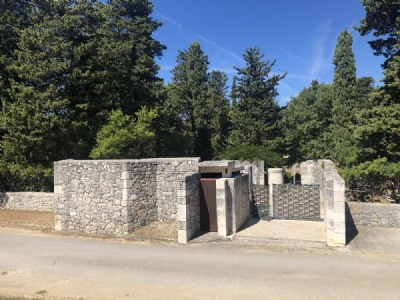
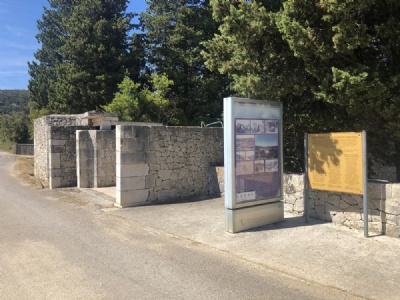

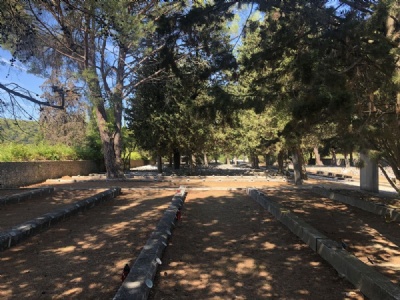
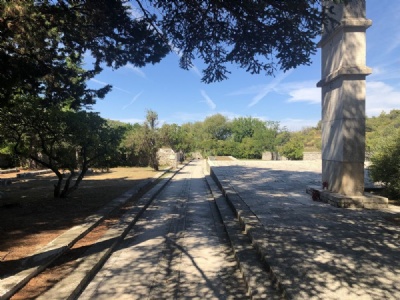
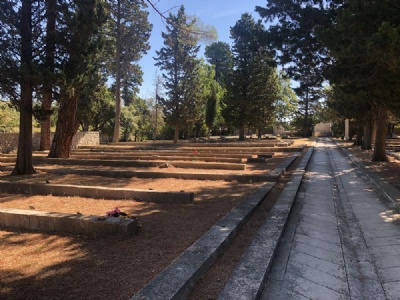

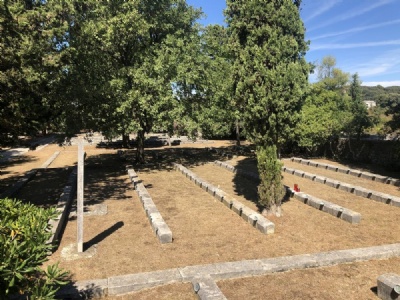
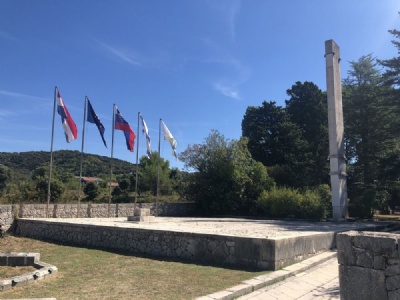
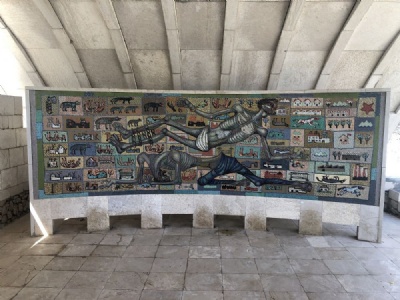

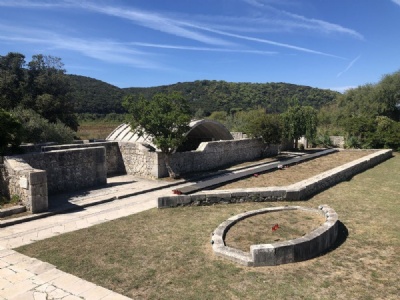
Rab – Kampor is probably the largest Italian concentration camp established during the war and the most well-known. Italian concentration camps otherwise easily fall into oblivion in comparison with the much better-known German counterparts. Partly because the latter has been given more focus than the former. Partly because Italy has not dealt with its history to the same extent as Germany has done. The island can easily be reached by ferry and then by car to the site. There is to my knowledge no remnants of the camp, nothing that is at least documented or known. Since 1965, there is a memorial site with both monuments and graves. It is characterized by a softer version of social modernism and has been supplemented with information in several languages, including English and German. In all it is a atmospheric site to visit.